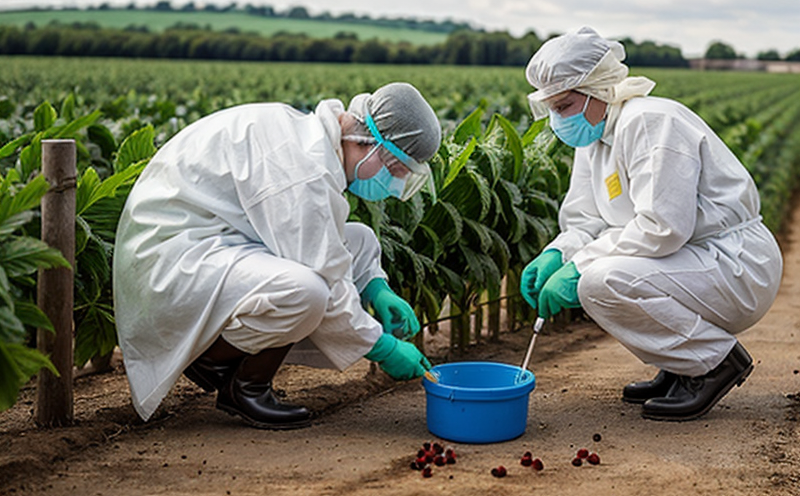
-
Chemical Safety and Certification-
Chemical Safety in Food and Beverage Manufacturing-
Chemical Risk Assessment in Food Production
We provide comprehensive solutions designed to help our clients mitigate risks, enhance performance, and excel in key areas such as quality, health & safety, environmental sustainability, and social responsibility.
Discover
For many years, our organization has been operating successfully, boasting modern laboratories that meet international standards. These laboratories are equipped with the latest technology devices and equipment, and we have built a strong team of experienced and trained personnel to operate them.
DiscoverWelcome to Eurolab, your partner in pioneering solutions that encompass every facet of life. We are committed to delivering comprehensive Assurance, Testing, Inspection, and Certification services, empowering our global clientele with the ultimate confidence in their products and processes.
Discover
-
Chemical Safety and Certification-
Chemical Safety in Food and Beverage Manufacturing-
Chemical Risk Assessment in Food ProductionChemical risk assessment in food production is a critical process to ensure the safety and quality of food products while minimizing the risk of exposure to hazardous chemicals. It involves identifying, evaluating, and managing potential chemical hazards at every stage of food manufacturing, from raw material procurement to finished product packaging. The goal is to protect workers, consumers, and the environment from harmful effects, ensuring that food production processes meet safety standards and regulatory requirements.
Hazard Identification
Risk Characterization
Exposure Assessment
Risk Evaluation
Risk Control Measures
Monitoring and Review
Cleaning and Sanitizing Agents
Preservatives and Additives
Pesticides and Herbicides
Solvents and Degreasers
Heavy Metals
Collect Information on Chemicals
Evaluate Chemical Substitution Options
Implement Control Strategies
Establish Emergency Procedures
Q1: Why is chemical risk assessment crucial in food production?
A1: Chemical risk assessment helps identify and manage hazards, ensuring the safety of workers, consumers, and the environment. It ensures compliance with regulatory standards and reduces the risk of contamination or exposure to harmful chemicals.
Q2: What are the most common chemical hazards in food production?
A2: The most common chemical hazards include cleaning agents, preservatives, pesticides, heavy metals, and solvents used in food processing and packaging. These chemicals can pose risks to both workers and consumers if not properly managed.
Q3: How can food manufacturers reduce chemical risks?
A3: Risks can be reduced by substituting hazardous chemicals with safer alternatives, implementing strict safety protocols, providing training for workers, and ensuring proper handling, storage, and disposal of chemicals.
Q4: How often should a chemical risk assessment be conducted?
A4: Chemical risk assessments should be conducted regularly, especially when introducing new chemicals or processes. It is also necessary to review and update the assessment when there are changes in regulations or after an incident occurs.
Q5: What role does PPE play in chemical risk management in food production?
A5: PPE is essential for protecting workers from direct exposure to hazardous chemicals. It includes gloves, respirators, goggles, and protective clothing, depending on the chemicals being used and the level of exposure risk.
Chemical risk assessment in food production is essential to ensure safe and compliant operations. By identifying chemical hazards, evaluating risks, and implementing appropriate control measures, food manufacturers can protect workers, consumers, and the environment. Regular monitoring and reviewing of safety protocols further ensure that food production remains safe and that chemical risks are minimized at every stage of the process.

Consumer Product Safety
Consumer Product Safety: Protecting Consumers from Harmful Products As a consumer, you have the rig...
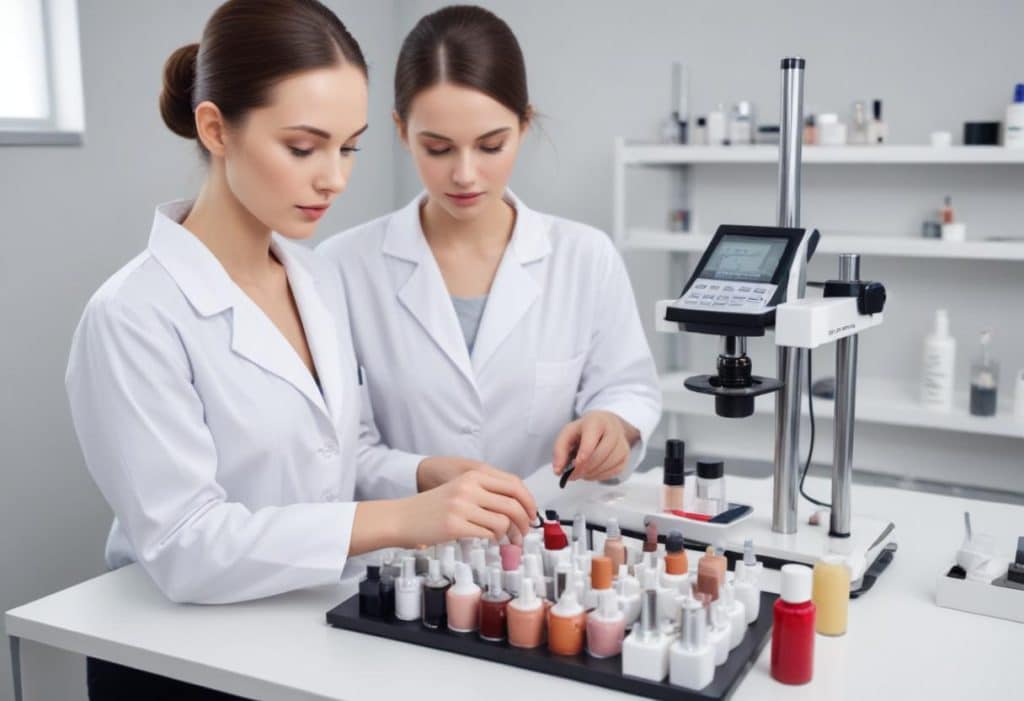
Cosmetic Product Testing
The Complex World of Cosmetic Product Testing The cosmetics industry is a multi-billion-dollar ma...
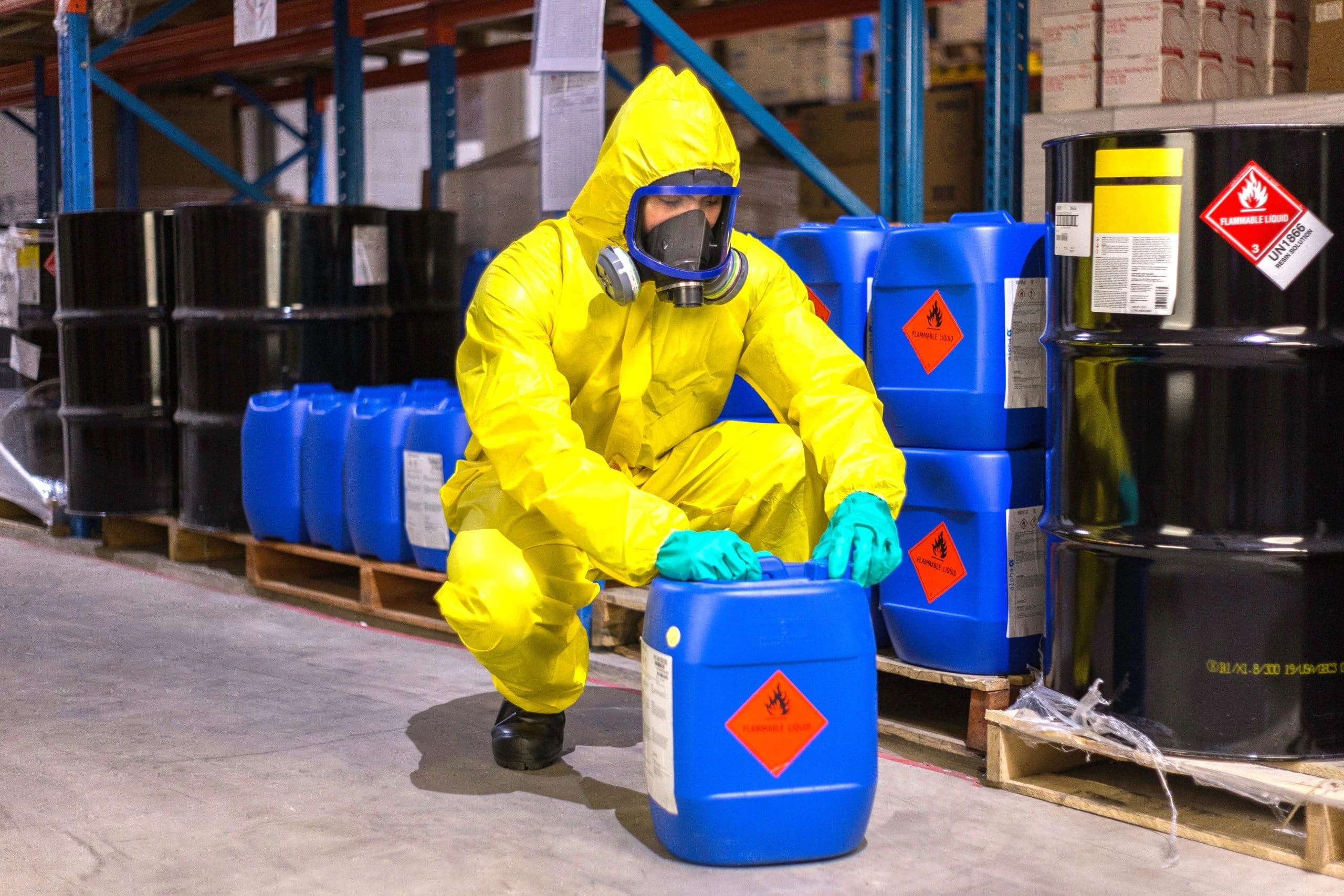
Chemical Safety and Certification
Chemical safety and certification are critical in ensuring the safe management of products and proce...
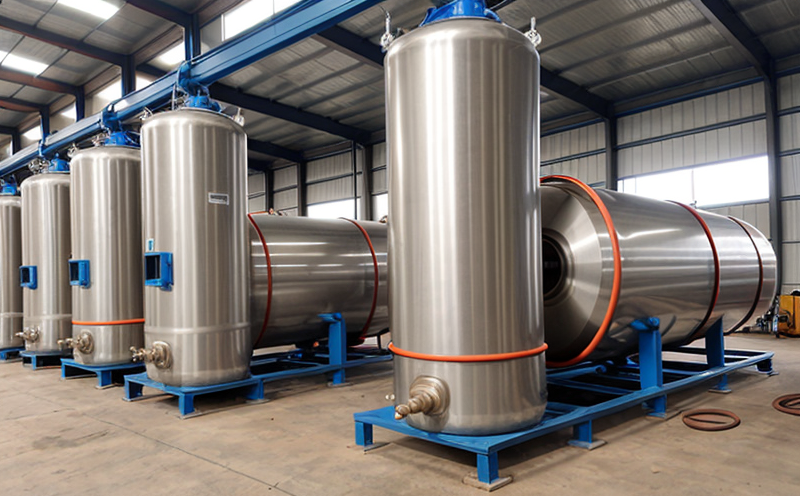
Pressure Vessels and Installations Testing
Pressure Vessels and Installations Testing Pressure vessels are a critical component of various ind...
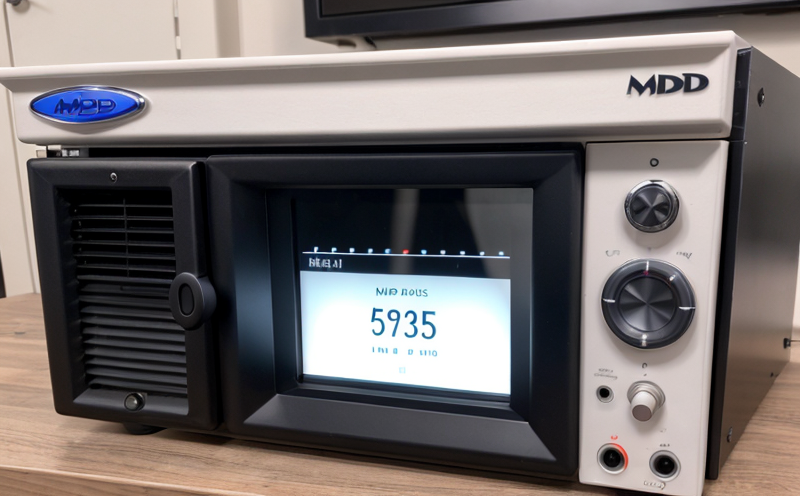
MDR Testing and Compliance
MDR Testing and Compliance: A Comprehensive Guide The Medical Device Regulation (MDR) is a comprehe...

Product and Retail Standards
Product and Retail Standards: Ensuring Quality and Safety for Consumers In todays competitive marke...

Military Equipment Standards
Military Equipment Standards: Ensuring Effectiveness and Safety The use of military equipment is a ...
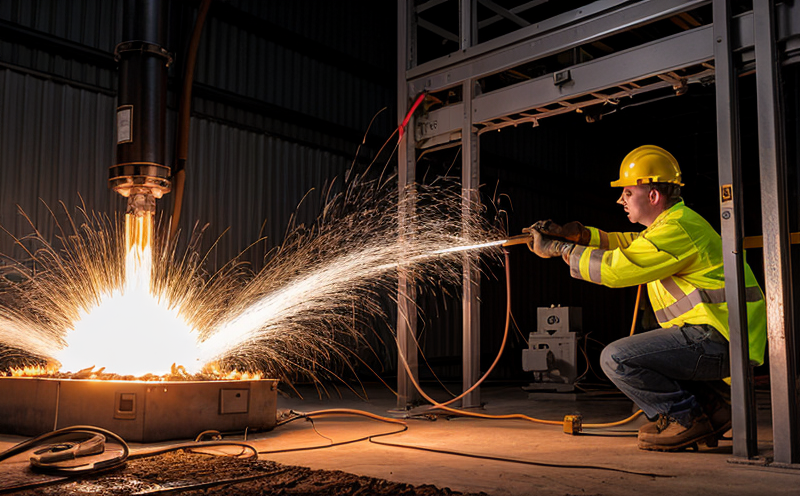
Electromechanical Safety Certification
Electromechanical Safety Certification: Ensuring Compliance and Protecting Lives In todays intercon...

Railway Industry Compliance
Railway Industry Compliance: Ensuring Safety and Efficiency The railway industry is a critical comp...
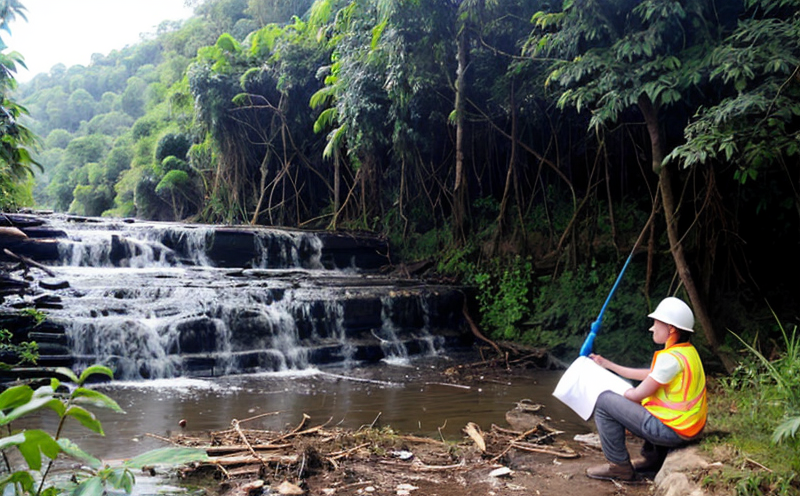
Environmental Impact Assessment
Environmental Impact Assessment: A Comprehensive Guide Environmental Impact Assessment (EIA) is a c...
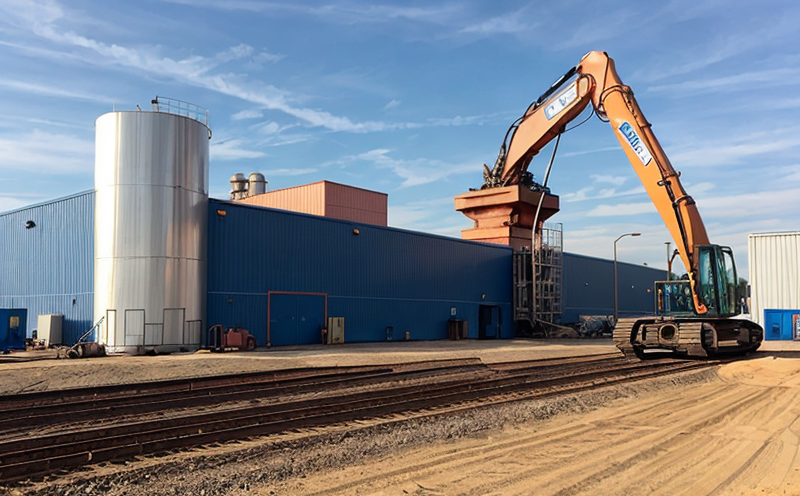
Industrial Equipment Certification
Industrial equipment certification is a critical process that ensures industrial equipment meets spe...

NEBS and Telecommunication Standards
Network Equipment Building System (NEBS) and Telecommunication Standards The Network Equipment Bu...
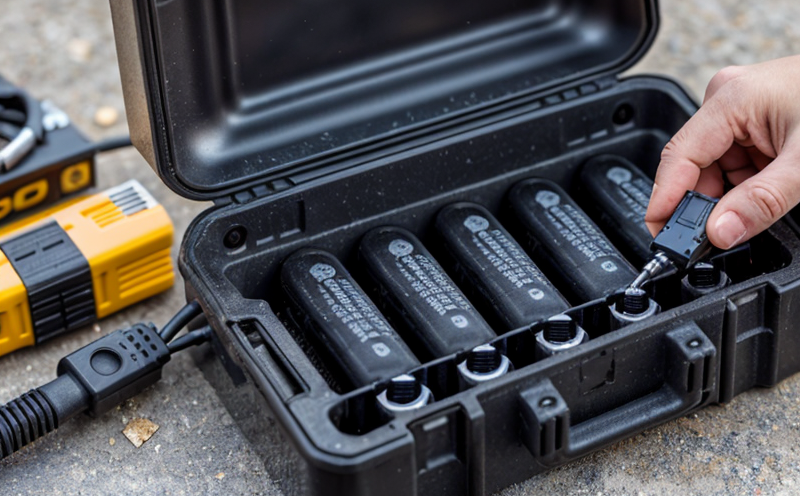
Battery Testing and Safety
Battery Testing and Safety: A Comprehensive Guide As technology continues to advance, battery-power...

Environmental Simulation Testing
Environmental Simulation Testing: A Comprehensive Guide In todays world, where technology is rapidl...
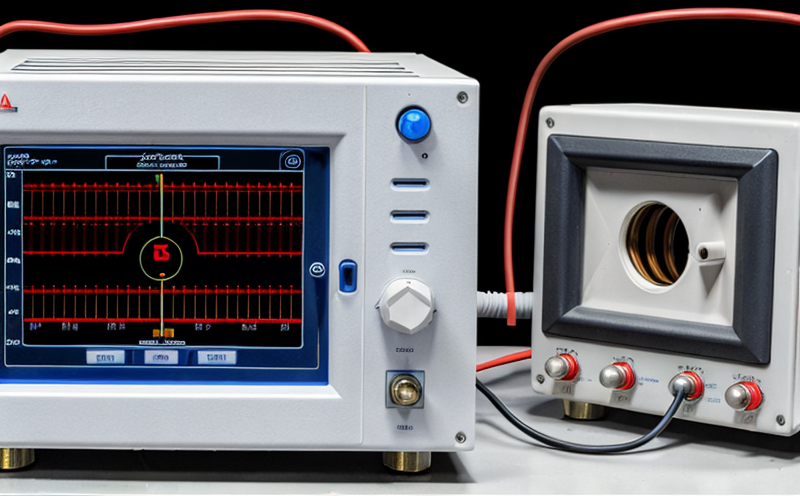
Electrical and Electromagnetic Testing
Electrical and Electromagnetic Testing: A Comprehensive Guide Introduction Electrical and electrom...
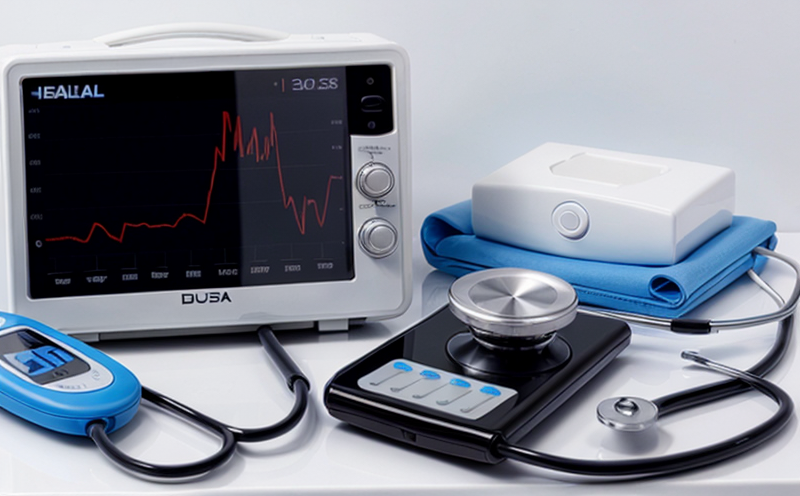
Healthcare and Medical Devices
The Evolution of Healthcare and Medical Devices: Trends, Innovations, and Challenges The healthcare...
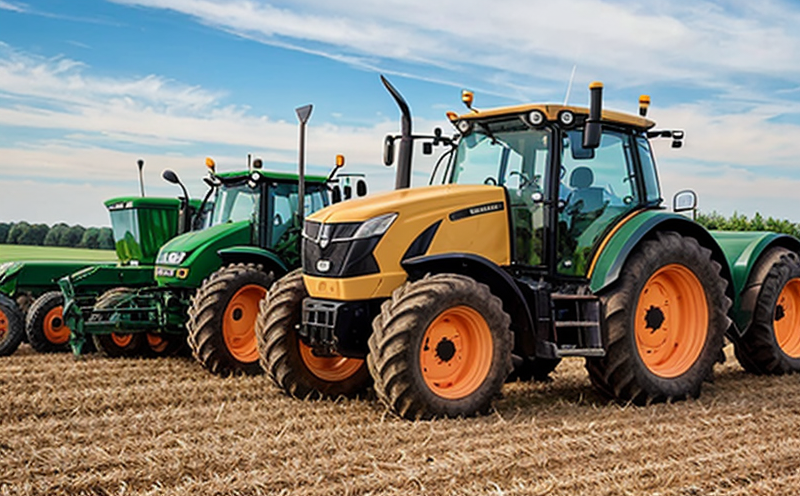
Agricultural Equipment Certification
Agricultural equipment certification is a process that ensures agricultural machinery meets specific...

Automotive Compliance and Certification
Automotive Compliance and Certification: Ensuring Safety and Efficiency The automotive industry is ...
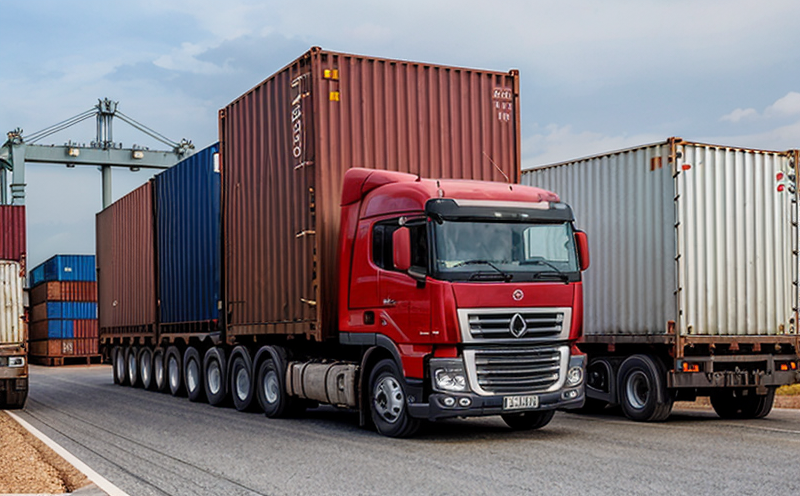
Transportation and Logistics Certification
Transportation and Logistics Certification: A Comprehensive Guide The transportation and logistics ...

Fire Safety and Prevention Standards
Fire Safety and Prevention Standards: Protecting Lives and Property Fire safety and prevention stan...
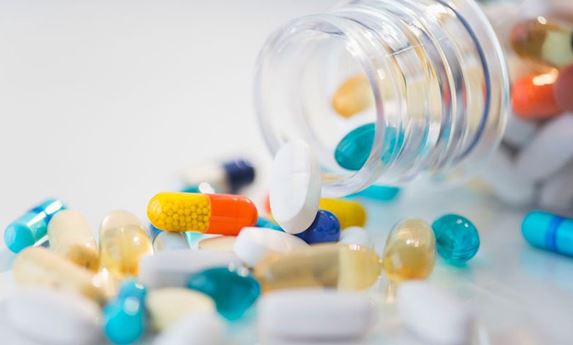
Pharmaceutical Compliance
Pharmaceutical compliance refers to the adherence of pharmaceutical companies and organizations to l...

Hospitality and Tourism Certification
Hospitality and Tourism Certification: Unlocking Opportunities in the Industry The hospitality and ...

Lighting and Optical Device Testing
Lighting and Optical Device Testing: Ensuring Performance and Safety Lighting and optical devices a...

Energy and Sustainability Standards
In today’s rapidly evolving world, businesses face increasing pressure to meet global energy a...
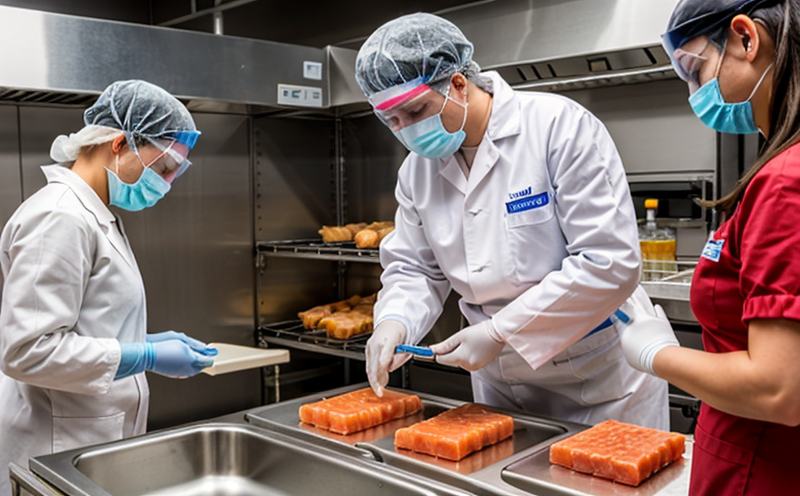
Food Safety and Testing
Food Safety and Testing: Ensuring the Quality of Our Food As consumers, we expect our food to be sa...
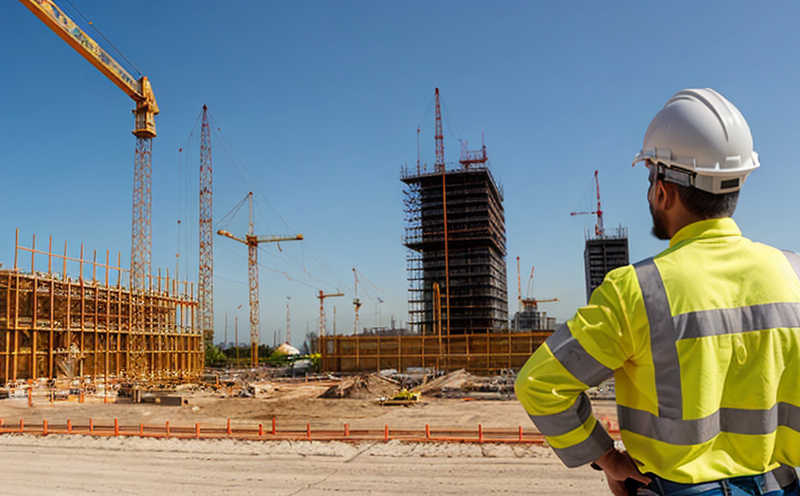
Construction and Engineering Compliance
Construction and Engineering Compliance: Ensuring Safety, Quality, and Regulatory Adherence In the ...

Aviation and Aerospace Testing
Aviation and Aerospace Testing: Ensuring Safety and Efficiency The aviation and aerospace industr...
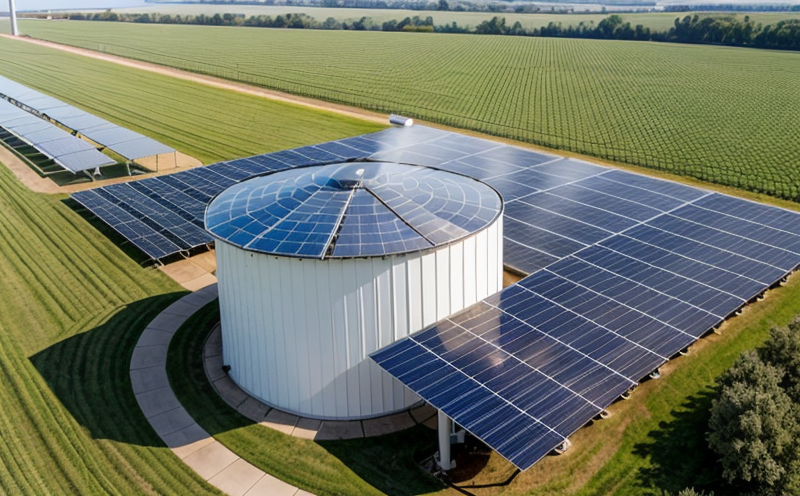
Renewable Energy Testing and Standards
Renewable Energy Testing and Standards: Ensuring a Sustainable Future The world is rapidly transiti...
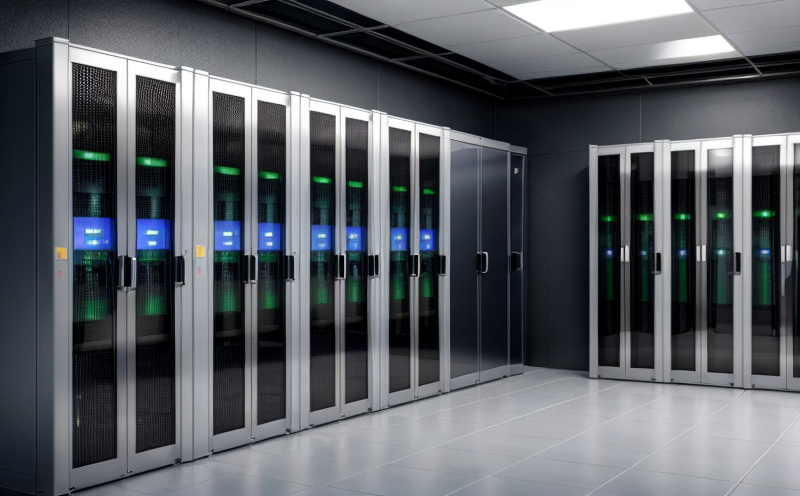
IT and Data Center Certification
IT and Data Center Certification: Understanding the Importance and Benefits The field of Informatio...

Trade and Government Regulations
Trade and government regulations play a vital role in shaping the global economy. These regulations ...